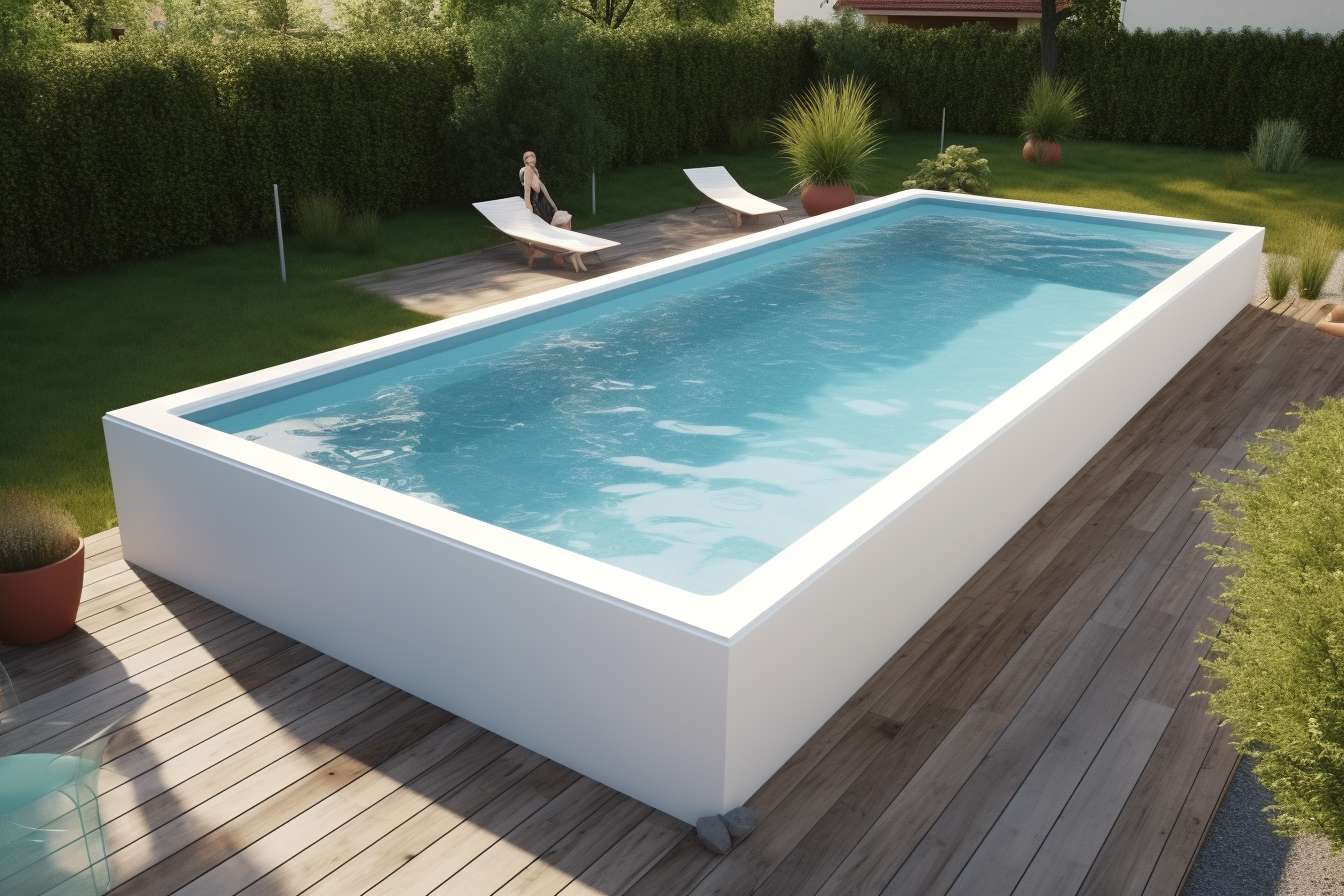Water-wise landscaping methods to lower irrigation demand
Reducing irrigation demand begins with design choices that work with local climate and soil rather than against them. Water-wise landscaping combines plant selection, soil improvement, and smart hardscaping to cut water use while keeping outdoor spaces healthy and attractive. Practical steps can be implemented gradually and tailored to your yard and local services.

Landscaping that prioritizes water efficiency reshapes priorities from constant watering to long-term resilience. By considering native plants, improving soil structure, and designing outdoor spaces for water capture and reduced evaporation, homeowners can reduce irrigation cycles and support biodiversity. Small changes—like grouping plants with similar water needs and swapping thirsty turf for drought-tolerant perennials—yield steady reductions in outdoor water use while maintaining functional and attractive outdoor living areas.
landscaping approaches for lower water use
Effective landscaping begins with planning and an eye toward sustainability. Place high-water-use plants where they can receive runoff from downspouts or reclaimed water, and group species by irrigation needs (hydrozoning) to avoid overwatering. Replace stretches of lawn with groundcovers, gravel paths, or permeable hardscape to reduce thirsty turf areas. Consider microclimates—sun, shade, wind exposure—and select plantings that fit each zone so irrigation supports health rather than compensating for poor siting. Integrate local services for plant selection and installation when needed.
native plants and perennials
Native plants and many perennials are adapted to local rainfall patterns and typically require less supplemental water once established. Select species with deep root systems that improve soil structure and water infiltration. Aim for a mix of flowering perennials and shrubs to provide seasonal interest and habitat for pollinators, which can reduce the need for intensive irrigation and maintenance. Establishment watering is usually required for the first season or two, after which demand declines as plants mature and establish deeper roots.
irrigation strategies and scheduling
Efficient irrigation depends on the right delivery system and scheduling. Drip irrigation and soaker hoses deliver water directly to the root zone with minimal evaporation; sprinkler systems should be used selectively. Smart controllers that account for local weather or soil moisture can prevent unnecessary cycles. Water early in the morning to limit evaporation and avoid wet foliage in warm weather. Regularly audit systems for leaks, clogged emitters, and correct pressure so water reaches plants, not pavement or gutters.
soil health and composting
Healthy soil retains more water and supports resilient plant growth. Adding organic matter through composting improves soil structure, porosity, and water-holding capacity. Compost helps sandy soils retain moisture and improves drainage in heavier clays. Mulch combined with compost reduces surface evaporation and moderates soil temperature, lowering irrigation frequency. Composting yard waste and using the finished product on beds closes nutrient cycles and supports long-term sustainability of planted areas.
mulch, pruning, and drainage
Mulch conserves moisture, suppresses weeds, and gradually enriches soil as it decomposes. Apply a 2–4 inch layer of organic mulch around beds, keeping it away from stems to prevent rot. Pruning should focus on removing dead or crowded growth to improve air circulation and light penetration, helping plants use water more efficiently. Thoughtful drainage planning prevents standing water and directs excess runoff to rain gardens or dedicated planting areas with moisture-tolerant species, balancing infiltration with plant health.
hardscape, lighting, decking, patio design
Hardscape elements such as patios, decking, and pathways can reduce irrigated area when integrated thoughtfully. Use permeable paving to allow infiltration and avoid increasing runoff; combine paved areas with planting pockets to capture rainwater. Patio and decking layouts can be designed to direct rain toward planted swales or rain gardens. Exterior lighting that highlights planted areas can be low-voltage or solar-powered, minimizing energy use while enhancing usability. Careful hardscape design supports drainage goals and reduces overall irrigation demand.
Conclusion Water-wise landscaping is an integrated approach that pairs appropriate plant choices with soil improvement, efficient irrigation, and smart hardscape design. By favoring native plants and drought-tolerant perennials, improving soil through composting, applying mulch, and planning drainage with patios and decking in mind, landscapes can remain attractive and functional while using less water. Incremental, site-specific changes and coordination with local services can make these strategies practical for many homeowners.




